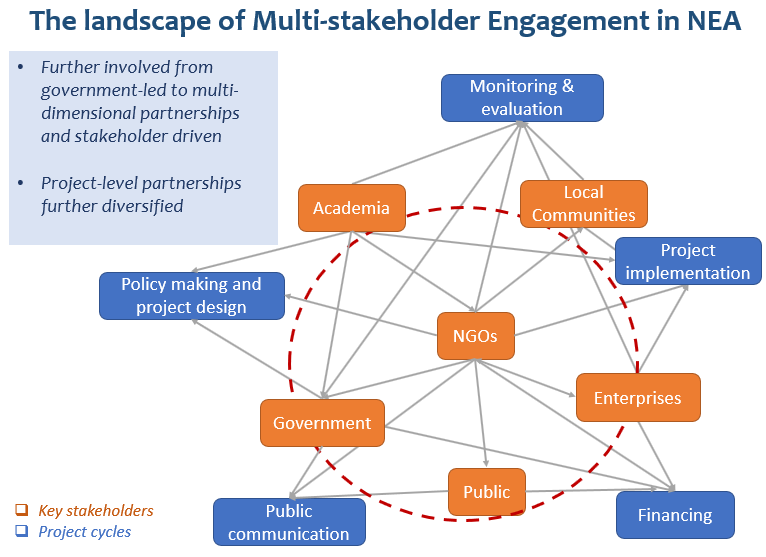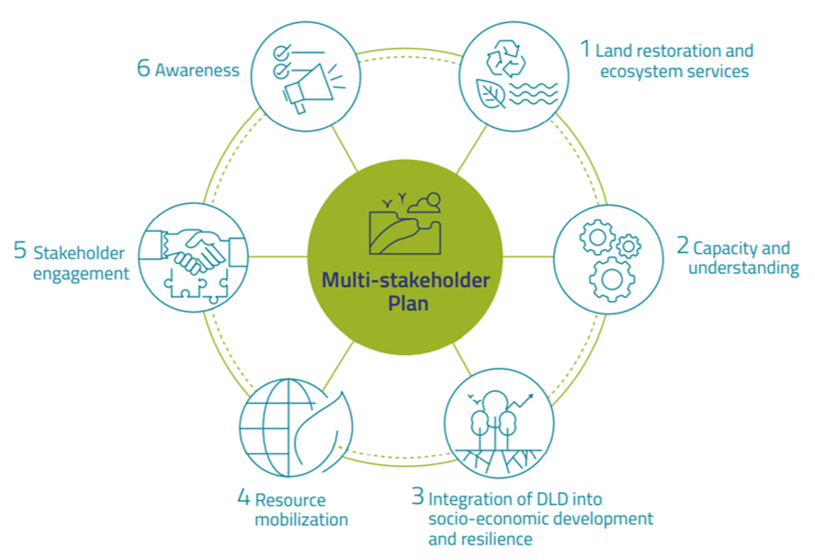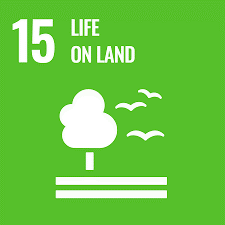OVERVIEW
“The Regional Master Plan for the Prevention and Control of Dust and Sandstorms (DSS) in North-East Asia” was jointly developed in 2005 by the Asian Development Bank (ADB), United Nations Environment Programme (UNEP), United Nations Convention to Combat Desertification (UNCCD) and United Nations Economic and Social Commission for Asia and the Pacific (ESCAP), and adopted by the Governments of China, Mongolia, the Republic of Korea and Japan to address DSS in a comprehensive manner through prevention and monitoring at the subregional scale.
In order to follow up on the Master Plan, the NEASPEC secretariat developed the project document to better reflect the subregional perspective by addressing broader regional and subregional framework of action. SOM-15 held in Tokyo in March 2010 approved the project “Implementing the Regional Master Plan for the Prevention and Control of Dust and Sandstorms in North-East Asia” to develop a demonstration project focusing on the prevention of dust and sandstorms at source areas.
The Project “Implementing the Regional Master Plan for the Prevention and Control of Dust and Sandstorms (DSS) in North-East Asia”
- Field project on tree planting, development a GIS-based database on Desertification and Land Degradation (DLD) projects in Mongolia, production and distribution of awareness raising materials in Zamyn-Uud, and workshops for knowledge sharing.
- Capacity Building Trainings (2011-2013): In partnership with the Institute of Desertification Studies (IDS) under the Chinese Academy of Forestry jointly organized two capacity training workshops for Mongolian experts and government officials during 19-26 September in 2011 and 22-28 September 2013, respectively. The workshops offered a unique opportunity to bring together Chinese and Mongolian experts and officials to exchange information and experience, as well as to explore practicality of techniques in the Mongolian context.

North-East Asia Multi-stakeholder Plan (NEAMSP) 2015-present: In collaboration with the State Forestry Administration (SFA) of China jointly organized the International Workshop on Desertification and Land Degradation on 7-9 July 2015 in Beijing, China, and developed the North-East Asia Multi-Stakeholder Plan (NEAMSP) as a practical tool to support and bring together stakeholders, including the public sector, private sector and civil society, through sharing their activity plans in a common place and common language to enhance coordination and cooperation on DLD. The Plan as an online database maps out the geographical locations of projects and consolidates project information to present DLD activities carried out by various agencies.


Study on North-East Asia Land Degradation Neutrality and Sustainable Development: In parallel with the NEAMSP, the 21st Senior Officials Meeting in 2017 (SOM-21) supported the proposal of “the Study on North-East Asia Land Degradation Neutrality and Sustainable Development”, which aims to (1) strengthen knowledge and understanding of LDN in the subregion both as a problem and a solution; (2) identify key opportunities of intersectoral and international collaboration in bringing multiple benefits from LDN; and (3) share experiences and lessons learnt in LDN-related challenges within and beyond the subregion. Following to the discussion at SOM-21 in 2017 on developing a subregional study on LDN and sustainable development, the Secretariat has worked with relevant mechanisms such as DLDD-NEAN and the UNCCD secretariat since 2017 and provided inputs for the Northeast Asia Thematic Report on Partnerships to Achieve Land Degradation Naturality as part of the Global Land Outlook subregional initiative in 2019. The report examines the transboundary impacts of sand and dust storms (SDS), DLD and drought faced by North-East Asia, and highlights the intensified environmental cooperation and partnerships to effectively address the sources, drivers and impacts of DLD in the subregion.







